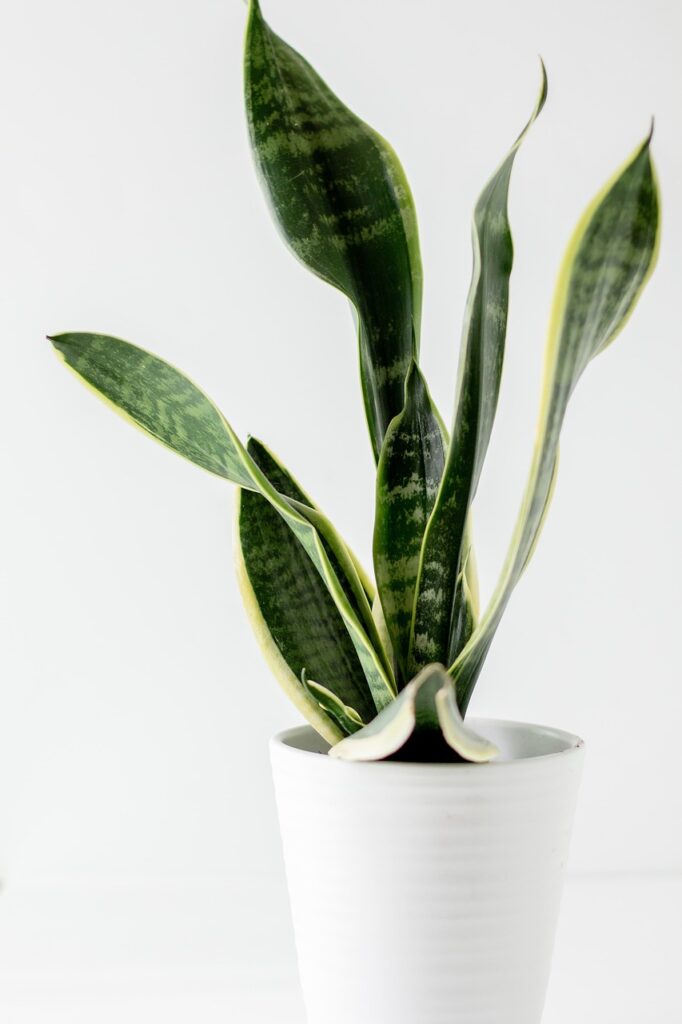Snake plant, scientifically known as Sansevieria trifasciata, is a popular and resilient indoor plant prized for its striking appearance and low-maintenance care requirements. It has stiff, sword-shaped leaves that can grow up to 12 feet tall in its natural habitat.
What does this page contain?
ToggleSnake plant is a popular and easy-to-care houseplant that can tolerate low light and drought conditions. It can also purify indoor air by converting carbon dioxide into oxygen at night and removing harmful pollutants. Snake plant has various types, each with different patterns and colours on the leaves. Some of the common types are Laurentii, Zeylanica, and Cylindrica. Snake plant can be propagated by division, cuttings, or offshoots. It rarely blooms indoors, but when it does, it produces fragrant white flowers.
How do you take care of a snake plant?
If you are a busy work person, travel freak, or a lazy plant lover like me, this plant can become your best friend. Snake plant is a super-low-maintenance and hardy houseplant that can grow well in various light and water conditions, which means they are super-easy to care for!
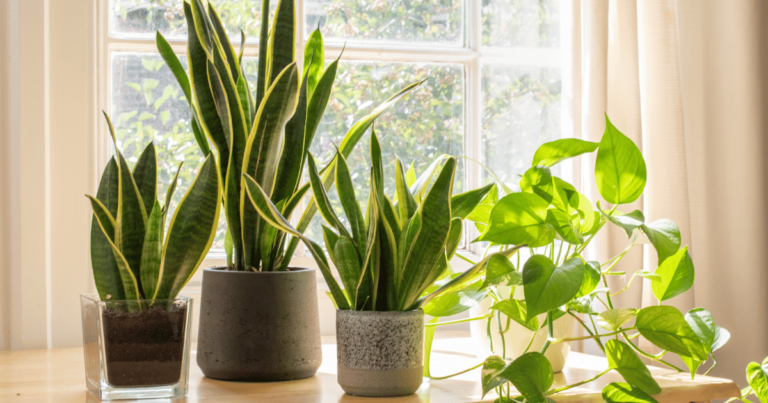
Fertilizers
Snake plants do not need much fertilizer, but you can feed them once a month from April to September with a balanced liquid fertilizer diluted to half strength.
Water
Snake plants are drought-tolerant and can survive with infrequent watering. Water them only when the soil is dry, and avoid overwatering as this can cause root rot. Water very little in winter.
Light
Snake plants can grow in low-light conditions, but they prefer bright, indirect light for optimal growth and variegation. Avoid direct sunlight as this can scorch the leaves.
Soil
Snake plants need well-draining, sandy soil that does not retain too much moisture. You can use a cactus or succulent potting mix, or add perlite, sand, or gravel to a regular potting mix.
Overall care
Snake plants are easy to maintain and do not require much pruning. You can remove any dead, damaged, or diseased leaves with a sharp, clean knife or scissors. Wipe the leaves occasionally with a damp cloth to remove dust and pests. Repot your snake plant when it becomes rootbound, usually once every two or three years. You can propagate your snake plant by division or leaf cuttings
TRIVIA: Honestly, I forgot watering a snake plant for 1 year and it still survived..under rain water and some random showers!
What are some common problems with a snake plant?
This super-hardy plant can have problems too..
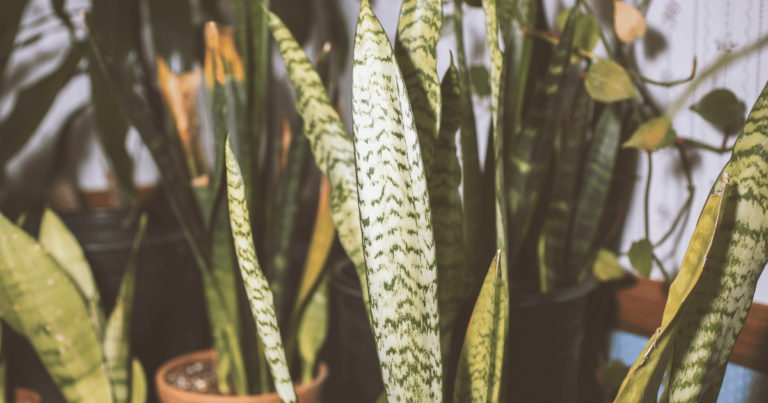
Leaves are drooping or bending
This could be caused by overwatering, underwatering, or heat stress. Adjust your watering schedule and move the plant to a suitable spot with bright, indirect light or partial sun.
Leaves are narrow and stretched
This could be a sign of low light. Move the plant to a brighter spot and prune off the affected leaves.
Leaves have spots or discoloration
This could be due to fungal or bacterial infections, pests, sunburn, or nutrient deficiency. Identify the cause and treat the plant accordingly. You may need to use fungicides, insecticides, or fertilizers. Cut off the damaged leaves and avoid wetting the foliage.
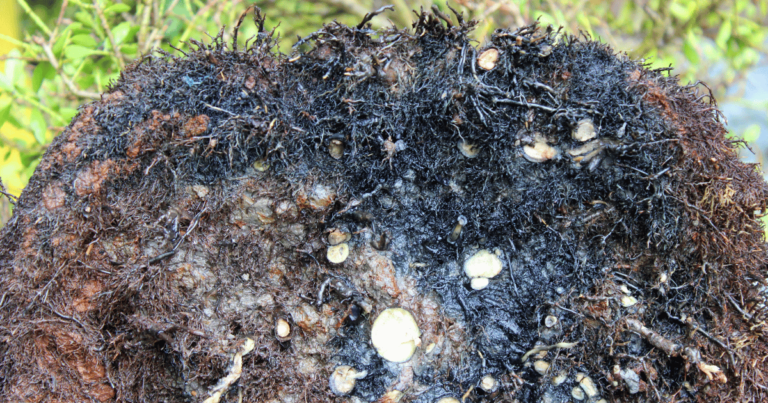
Roots are mushy or rotten
This is a result of overwatering and poor drainage. Remove the plant from the pot and cut off the rotten roots. Repot the plant in fresh, well-draining soil and a pot with a drainage hole. Water sparingly and let the soil dry out between waterings.
Leaves are curling
This could be due to low humidity, cold temperatures, or pests. Increase the humidity around the plant by misting, using a humidifier, or grouping it with other plants. Keep the plant away from cold drafts and frost. Check for any signs of insects and treat the plant with insecticidal soap or neem oil if needed.
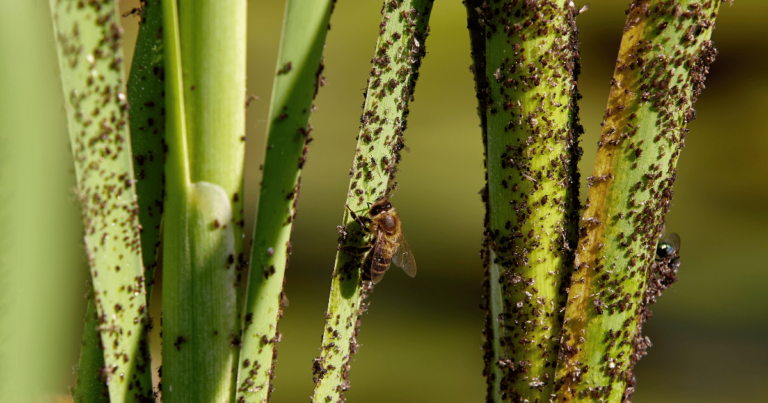
Pests and diseases
This can cause the leaves to have holes, spots, or discoloration. Snake plants can be affected by mealybugs, spider mites, fungus gnats, and fungal infections. They should be inspected regularly and treated with appropriate methods.
How often to water snake plant?

Snake plants are fairly low-maintenance and can tolerate irregular watering. All you need to follow is,
Allow the soil to dry
Snake plants prefer dry conditions and are susceptible to root rot if overwatered. Before watering, check the soil moisture by sticking your finger about an inch into the soil. Water the plant only if the soil feels dry to the touch.
Water sparingly
During the growing season (spring and summer), water the snake plant every 2-6 weeks, depending on the humidity levels and the pot’s drainage. In the dormant season (fall and winter), reduce watering to every 6-8 weeks or even less if the plant is in a cooler environment.
Avoid overwatering
Ensure that the pot has good drainage to prevent water from accumulating at the bottom. Always empty excess water from the saucer or tray beneath the pot after watering.
Use room temperature water
Water your snake plant with room temperature water to prevent shocking the roots.
How to propagate snake plant?
There are three main ways to propagate a snake plant: by division, by water, and by soil.
Division
This method involves separating the plant into smaller sections, each with some roots and leaves. This is the best way to preserve the original leaf pattern and color of the plant. To do this, you need to remove the plant from its pot, cut the root ball into pieces, and replant each piece in a new pot with well-draining soil. Water the divisions well and place them in bright, indirect light.
Water
This method involves rooting leaf cuttings in water. You need to cut off a healthy leaf from the plant, place the cut end in a jar of water, and wait for roots to form. This can take up to two months. Once the roots are long enough, you can transfer the cutting to a pot with soil. However, this method may result in solid green leaves instead of variegated ones.
Soil
This method involves rooting leaf cuttings directly in soil. You need to cut off a healthy leaf from the plant, cut it into smaller segments, and insert them into moist soil. Make sure to keep the same orientation as the original leaf. This can take up to three months. Like the water method, this method may also produce solid green leaves.
How often should I repot my snake plant?
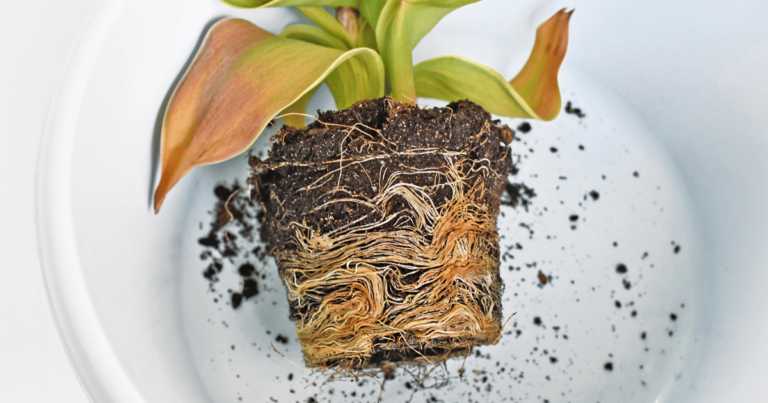
There are some signs that indicate your snake plant needs a bigger pot sooner, such as:
The roots are growing out of the pot’s drainage holes or the pot is bulging or cracking.
The plant is top-heavy and falls over repeatedly.
The potting mix drains without holding water or dries out quickly.
The foliage has stopped growing or looks cramped inside the pot.
Several new pups or offshoots start to emerge.
If you notice any of these signs, it’s best to repot your snake plant in spring, when it is actively growing. You can use a cactus potting mix or a regular potting mix with perlite and sand added. Choose a new pot that is 2 inches wider than the old one, with a drainage hole at the bottom. Remove the excess soil from the root ball and prune any damaged or rotten roots. You can also divide the plant into smaller sections by cutting the pups or offshoots. Fill the new pot with some potting mix and place the snake plant in the center. Make sure the plant is at the same level as before and not too deep or shallow. Fill in the gaps with more potting mix and gently press it down. Water the snake plant thoroughly and let the excess water drain out. Place the pot in a bright indirect light and avoid watering again until the soil is dry.

Are snake plants toxic to cats?
Snake plants are toxic to cats if ingested. These plants contain saponins, which can cause gastrointestinal upset in cats, leading to symptoms such as vomiting, diarrhoea, and drooling. It is essential to keep snake plants out of reach of curious cats to prevent any potential ingestion or contact with the plant. If you suspect your cat has ingested any part of a snake plant and is showing signs of illness, it’s advisable to contact your veterinarian for guidance immediately.
Are snake plants toxic to dogs?
Snake plants are also considered toxic to dogs if ingested. Similar to cats, the toxic components in snake plants, such as saponins, can cause gastrointestinal discomfort in dogs. Symptoms may include vomiting, diarrhoea, drooling, and occasionally, if a larger quantity is ingested, more severe symptoms could occur.
As a responsible pet owner, it’s essential to keep snake plants and other potentially toxic plants out of reach of your dog to prevent accidental ingestion. If ingested, kindly consult your veterinarian for further treatment
Some other benefits of having a snake plant are....
It can produce oxygen 24 hours a day, unlike most plants that only do so during the day.
It can help with minor ailments such as allergies, acne, and headaches by reducing inflammation and irritation.
It can enhance the energy and mood of your space, according to feng shui principles, by bringing positive and protective vibes.
FAQs
Q. What is the best soil for a snake plant?
A. Snake plants need well-draining, sandy soil that does not retain too much moisture. You can use a cactus or succulent potting mix, or add perlite, sand, or gravel to a regular potting mix.
Q. Does snake plant need fertilizer?
Snake plants do not need much fertilizer, but you can feed them once a month from April to September with a balanced liquid fertilizer diluted to half strength.
Q. When to repot snake plant?
Snake plants do like to be root-bound and can stay in the same pot for many years. You can repot them when they become rootbound, usually once every 2-3 years.
Q. How to propagate snake plant?
You can propagate snake plant by division or leaf cuttings. For division, remove the plant from the pot and cut it into sections, keeping the roots for each section intact. Replant the sections in new pots. For leaf cuttings, cut a healthy leaf at its base and submerge the cut end in water or pot it in soil. Wait for roots to develop and then plant the cutting in a new pot.
Q. How to get snake plant to bloom?
Snake plants rarely bloom indoors, but you can increase the chances by giving them enough sunlight and allowing them to become rootbound. They can produce white, tubular flowers in spring

